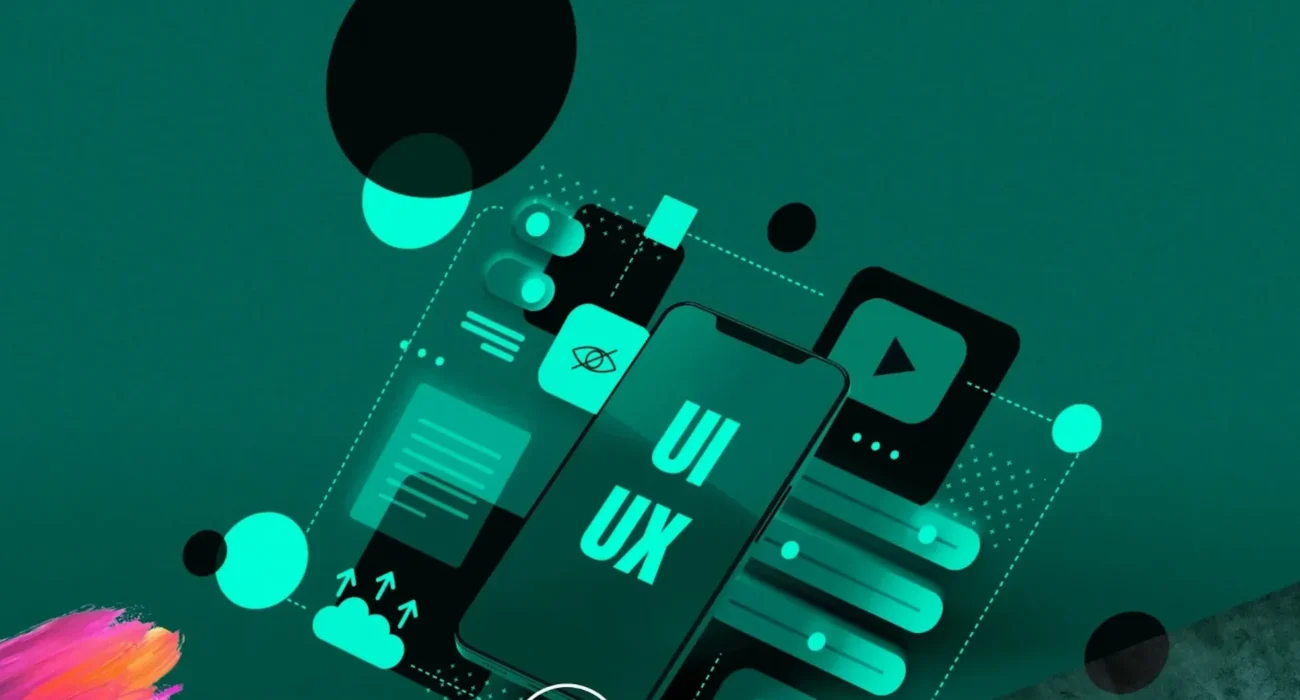What is AI in UI/UX Design?
AI in UI/UX Design means integrating intelligent algorithms and data analysis into the design process. It allows systems to analyze behavior, predict user needs, and create intelligent design suggestions automatically.
Example: You type — “Create a food delivery app login screen” and an AI tool like Galileo AI instantly generates a mobile UI with email, password, and Google login button. That’s AI at work.
Core Applications of AI in UI/UX Design
. Automated UI Generation
AI tools can generate app screens and web pages from text prompts or wireframes.
-
Tools: Uizard, Visily, Figma AI
-
Use Case: Build prototypes 5x faster without coding or complex design skills.
. Predictive UX Enhancements
AI can track how users behave (heatmaps, scroll depth, clicks) and suggest design improvements.
-
Tool: Attention Insight
-
Example: It might tell you that users ignore your CTA button — and suggest moving it or changing color.
. Smart Personalization
AI customizes the interface in real time based on user preferences, habits, and history.
-
Example: E-commerce websites show product layout differently for a returning vs. new user.
. Design System Consistency
AI ensures every button, font, and color remains consistent with your design system.
-
Tool: Figma AI Plugins (Genius, Magician)
-
Result: No more manual checking of alignment, spacing, or component usage.
. AI-powered Content Generation
AI writes button labels, placeholder text, image captions, and more.
-
Tool: Magician (Figma plugin)
-
Example: Need a catchy “Sign up” button text? AI can suggest 5 creative options in seconds.
AI in UI/UX: Real-World Examples
- Netflix UI Personalization
Movie thumbnails and recommendations adapt in real time based on what you watch.
- Spotify Wrapped UX
AI creates visually stunning personalized summaries for each user.
- Amazon Product Grid UI
Layout adjusts depending on your past shopping patterns.
Human + AI: Better Together
While AI can automate and improve many parts of UI/UX, creativity and emotion still come from human designers. The best workflow is:
-
Designer sets the vision
-
AI helps speed up layout, testing, and adaptation
-
Designer refines with emotional intelligence & brand voice
Benefits Recap
✅ Save time & cost
✅ Reduce repetitive design tasks
✅ Improve accessibility automatically
✅ Test multiple designs faster
✅ Offer users a hyper-personalized experience
Challenges to Keep in Mind
-
AI lacks emotional understanding — it can’t feel what looks “human”
-
May offer average designs if prompts are unclear
-
Still needs design knowledge for best results
-
Ethical concerns in data-driven personalization
Future Trends: What’s Next?
Voice-Activated Design: Say “Create dashboard for eCommerce admin” — and get UI!
Emotion-Responsive Interfaces: UI that reacts to your mood
AI Co-Pilots for Designers: Real-time assistance like ChatGPT for Figma
AI A/B Testing: Run 100 UI versions and get insights instantly



